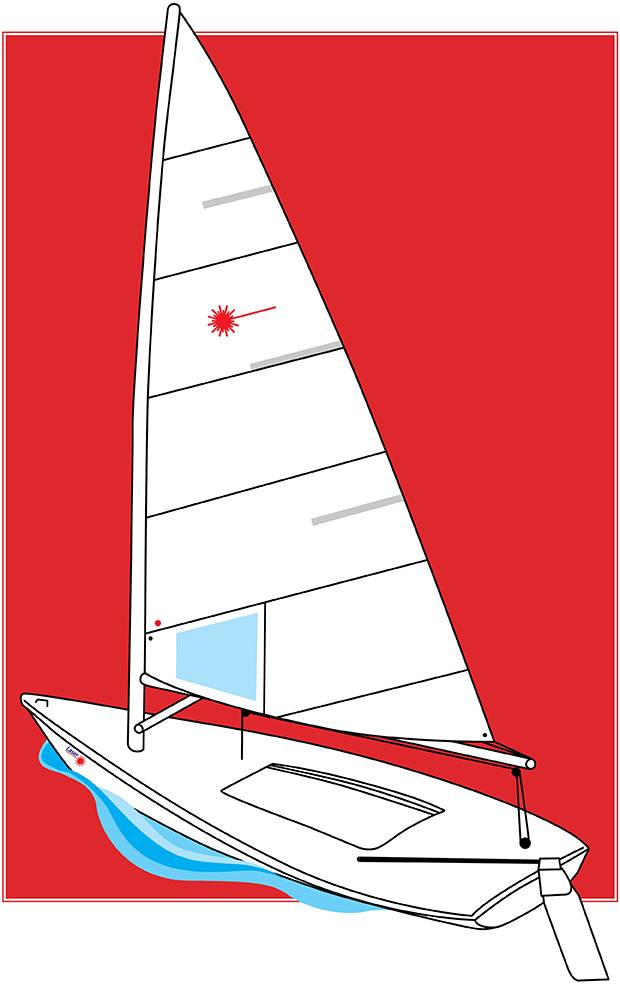To mark Canada 150, Globe Style's Clearly Canadian series explores iconic examples of domestic design.
In 1969, Bruce Kirby, a former Montreal Star journalist now living in the United States, designed the dinghy with his friend Ian Bruce, the Jamaican-born Canadian industrial designer, then living in Montreal. Kirby, an avid sailor and sailing journalist, was an Admiral's Cup skipper, and Bruce a two-time former Olympian who represented Canada for sailing in the 1960 and 1972 Olympics. (He died last year.) Initially dubbed the Weekender, it became the Laser after a student suggested the monicker was more modern. It had originally been created for a client brief and, according to Kirby, the idea sat fallow in a drawer for a while before they revived it.
The relatively low-cost vessel (originally priced at $595) was created with affordability in mind. And portability, too. As the story goes, it was envisioned as a lightweight car-topper dinghy that would do for casual sailing what the surfboard had done for its sport.
When it was taken to market at the New York Boat Show in 1971 it effectively created a new, mass-market class of dinghies and soon became a recognized sailing class in 1974. It's been present at every summer Olympic Games since Atlanta in 1996 – and appears in many other competitions. It's created its own sailing class and there are now several hundred Laser class events each year.
Kirby and Bruce's creation began with notes and lines on a yellow notepad — what they came to refer to as the "million-dollar doodle." The idea was that the simple design of this single-person dinghy should have broad appeal, and because it would be easy to steer and rig, it would be as suitable for beginners as for seasoned sailors. Winning races would depend on athleticism and skill. They enlisted other former Olympians and marine designers like Hans Fogh, who created the sail, to advise on the design, and began manufacturing it in Quebec.
Although there have since been offshoots and variations, like the Radial and Pico, the Laser's design remains virtually unchanged nearly 50 years after its creation. The Laser name, however, has been separated from its product in North America in recent years after Kirby (who has also designed San Juans, Sonars and other boats) took issue with unpaid design royalties in 2013.
The Laser is among the world's most popular sailboats, now numbering several hundred thousand in the world. Its Canuck creators can be forgiven for a little naval gazing, especially because when spotted at a regatta or on the brow of a blue water horizon en masse, they unwittingly resemble a graceful wedge of Canada geese in flight.
Visit tgam.ca/newsletters to sign up for the Globe Style e-newsletter, your weekly digital guide to the players and trends influencing fashion, design and entertaining, plus shopping tips and inspiration for living well. And follow Globe Style on Instagram @globestyle
